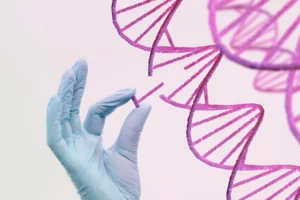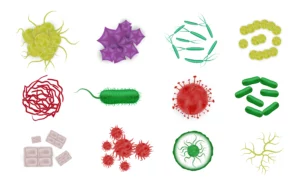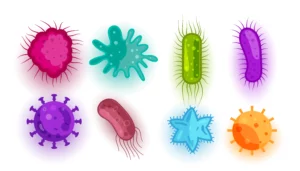Welcome to Biology Notes
Your Gateway to the Wonders of Life!
Explore Our Categories
Cell Biology
Discover the fascinating world of cells—the tiny yet powerful units that form the foundation of all living organisms. From structure to function, every cell tells a story of life in action!
Biochemistry
Explore the molecular magic behind living organisms—how proteins, enzymes, and DNA work together to fuel life’s processes. It’s where biology meets chemistry!
Human Anatomy
Dive into the intricate design of the human body, where every organ, system, and structure works in harmony to keep us alive and thriving. Unlock the secrets of your own biology!
Microbiology
Dive into the study of microorganisms, from bacteria to viruses, and uncover their vital roles in health, ecosystems, and industry. Tiny but mighty, they shape our world in big ways!
Enzyme Function Cheat Sheet
Enzyme Function Cheat Sheet: Understanding the Catalysts of Life 🧬💡…
Read MoreImmune System Cheat Sheet
Immune System Cheat Sheet: Defending the Body from Harm 🛡️🦠…
Read MoreGeneral Q&A part-6
State two features of the gas exchange surface in humans?…
Read MoreDNA Replication
DNA replication is a fundamental process in biology that ensures…
Read MoreReproduction in Organisms
Reproduction is a fundamental biological process that ensures the continuation…
Read More




